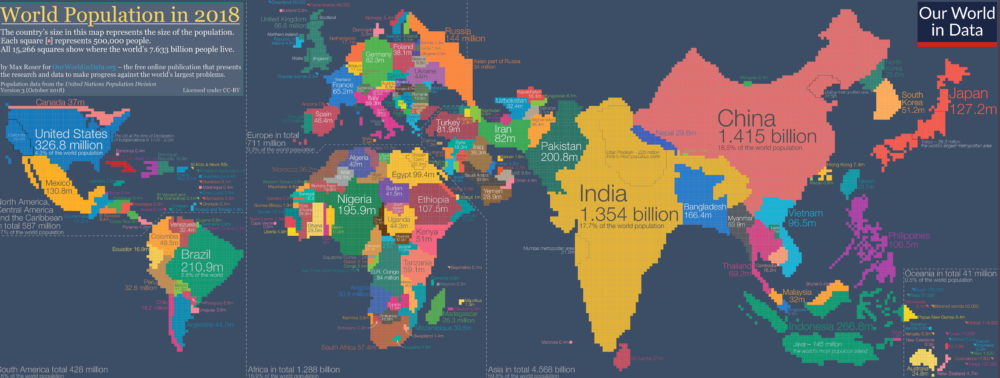Our discussion this week is based on the Introduction of Ellis Monk’s PhD dissertation:
Monk, Ellis P. 2013. “Color, Bodily Capital, and Ethnoracial Division in the U.S. and Brazil.” [Introduction pp.1 – 22]
I recommend you finish the readings before carefully going over my PowerPoint presentation with voiceover where I explain important ideas and concepts covered in the readings.
Watch the video below on race relations in Brazil.
Watch the video below as it directly relates to this week’s reading.
Lecture Posts Questions:
Please note that this and future lecture posts will be worth double and are now due on Monday
On the comments section below, address the following questions (answers should be at least 100 words in length and posted by Monday – This is how participation points are assessed. Please save your comments in a safe document before attempting to post it.
- From my PowerPoint presentation, what isn’t clear? Any thoughts or comments you would like to share?
- From Ellis Monk’s reading, what are the main takeaways?
- From the reading, is everything clear? Do you have any questions?
- Based on the first video from Vox on race relations in Brazil, what are the main takeaways? Do you have any questions?
- How does the second video relate to this week’s reading? Did you find any of this surprising? In your opinion, how are racial categories in Brazil different or similar to that of other countries you know?
- Any general thoughts, comments or questions you would like to share?


